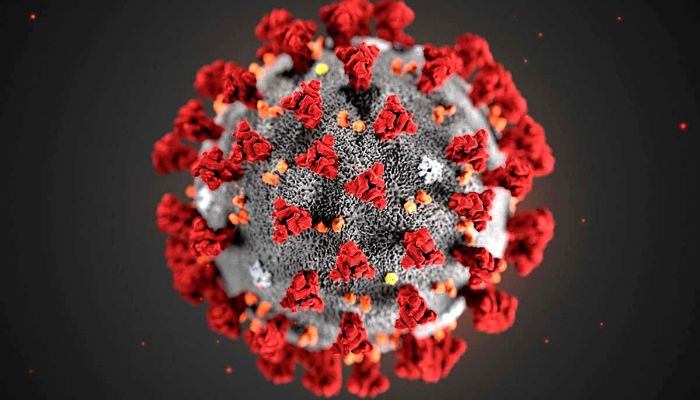According to the World Health Organization, the Omicron sublineage XBB.1.16 is out-competing the previously dominant XBB.1.5 in many regions due to its rapid expansion.
XBB.1.16 is a descendant of recombinant XBB, a hybrid of two BA.2 sublineages. The variant has been dubbed Arcturus on social media, after the brightest star in the northern hemisphere. Currently, it is the predominant strain in India, where it is causing an epidemic of predominantly mild ailments. However, 32 additional nations, including the United States, have observed it.
There is a close relationship between this branch and XBB.1.5. According to Francois Balloux, director of the UCL Genetics Institute at University College London, it has two gene modifications that are unusual, one of which is in its spike protein. China and India, for example, did not experience a significant influx of cases caused by the XBB.1.5 sublineage, according to Balloux. He does not anticipate a significant impact on the number of cases in the United Kingdom.
Studies have revealed that the immunity of the population and the strain that was previously the leading cause of illnesses in a country are crucial factors in determining whether a variant will create a wave of cases in that country.
Even though this variant appears to be spreading faster than previous variants and evading immunity – even in those who have recently been exposed to the XBB.1.5 strain – it does not appear to be causing more severe illness, according to the WHO. Therefore, according to the WHO, this variant poses a low risk.
Last week, XBB.1.16 accounted for an estimated 10% of Covid-19 cases in the United States, up from approximately 6% the week before. According to data from the US Centers for Disease Control and Prevention, the XBB.1.5 variety remains the leading cause of new infections in the country.
